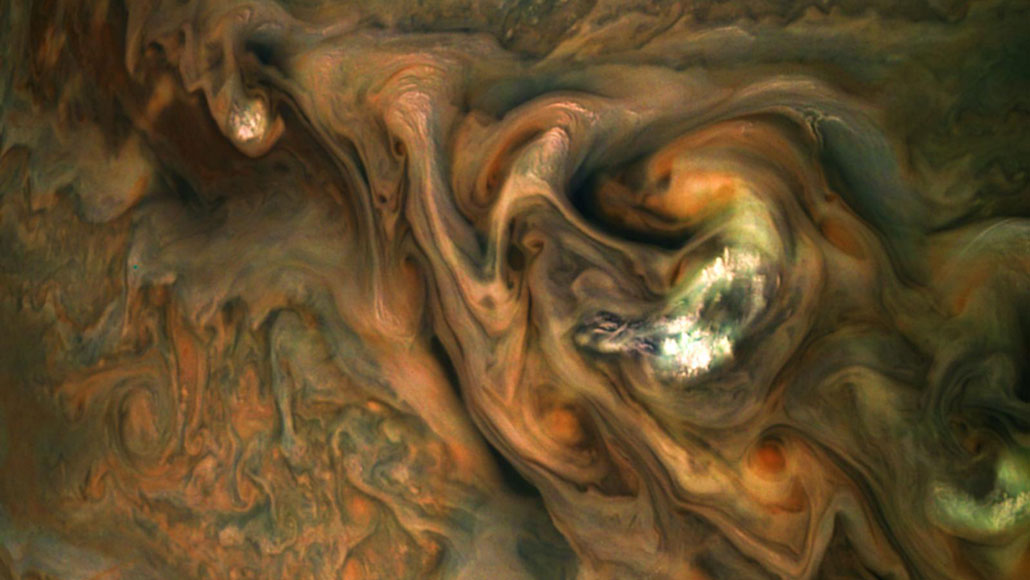Questions for “Raindrops on alien worlds will obey Earth-like rules”

NASA’s Juno spacecraft took this image of swirling clouds on Jupiter. They could release semisolid, ammonia mushballs of precipitation. Research now suggests that in some ways any liquid rain on Jupiter would be similar to rain falling on any other cloudy world.
Gerald Eichstadt/MSSS/SwRI/JPL-Caltech/NASA